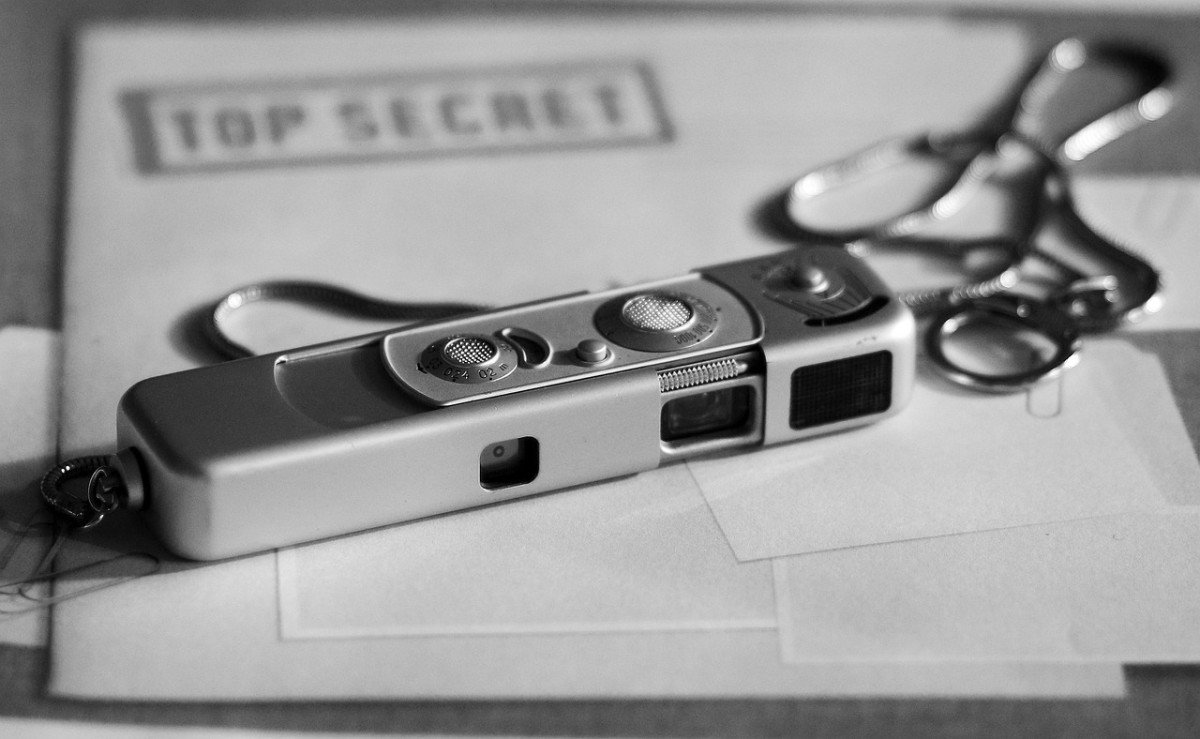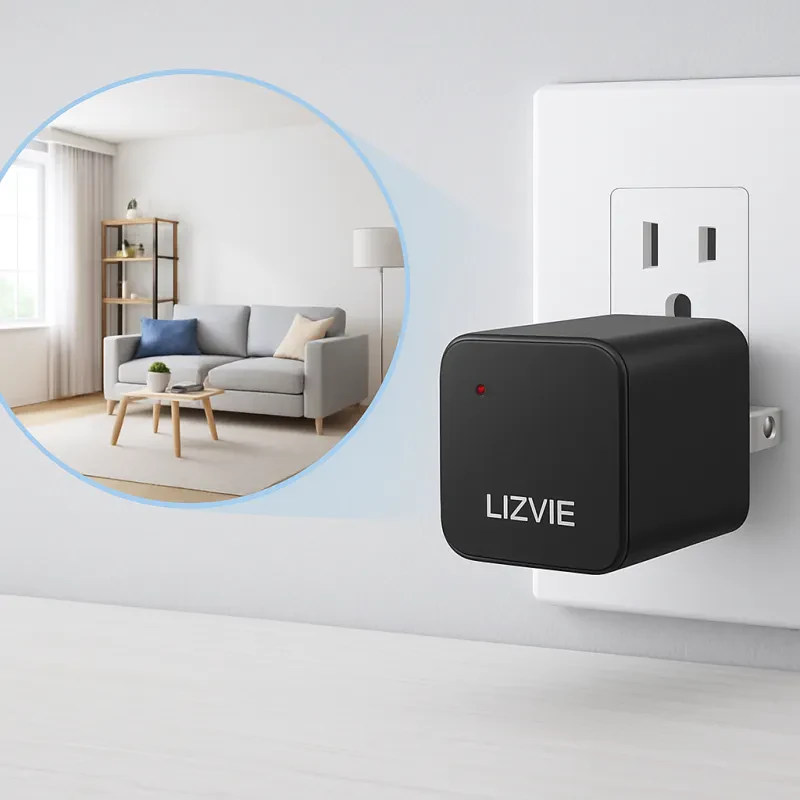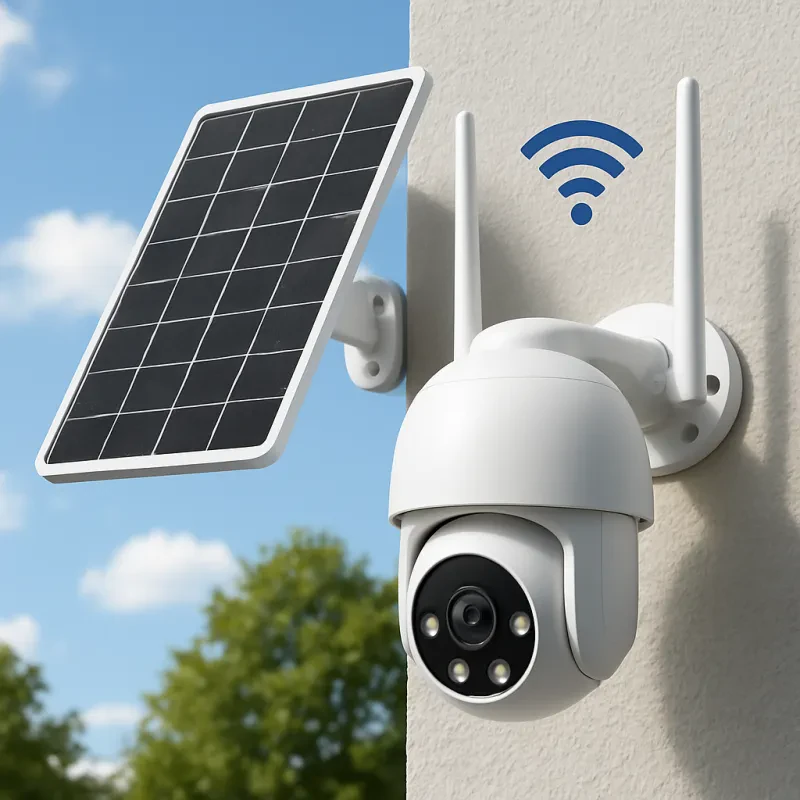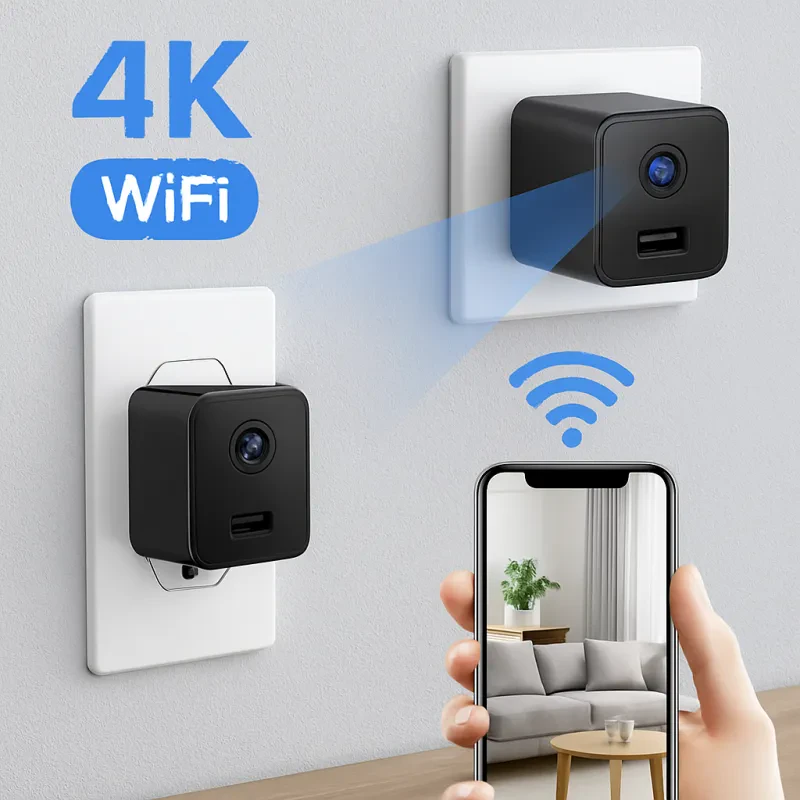When it comes to selecting a hidden camera, the first step is to understand your specific needs. Are you looking to monitor your home, watch over your pets, or keep an eye on your business? All these scenarios may require different types of cameras. Think about the purpose and environment where the camera will be used, as this will significantly influence your choice. For instance, if you're planning to place the camera outdoors, you'll need one that can withstand various weather conditions.
Next, consider the resolution of the camera. A higher resolution will provide you with clearer images, which is essential if you hope to identify faces or read license plates. Look for cameras that offer at least 1080p resolution for optimal performance. Additionally, features like night vision and motion detection can enhance usability, particularly in low-light situations or when you want the camera to be active only when movement is detected.
Another vital aspect to think about is the camera's size and design. Hidden cameras come in various shapes and sizes, from tiny pinhole cameras that blend seamlessly into their surroundings to more conspicuous options disguised as everyday objects. When asking yourself, How to Choose the Right a Hidden Camera?, ensure that the camera fits well with your décor or blends into the environment where it will be installed. This will help you maintain the element of surprise, crucial for effective surveillance.
Lastly, consider the storage options available for your hidden camera. Some cameras store footage on cloud services, while others save it directly to a microSD card. Choose a system that fits your needs for accessibility and security. If you want easy remote access, a cloud storage solution may be the best choice for you. Understanding these various factors will help you make an informed decision and lead you to the hidden camera that best suits your needs.
4K HD WiFi Spy Camera - Surveillance Office Cams
Experience high-quality covert surveillance with our 4K HD WiFi Spy Camera, perfect for monitoring your office space
Product information
Product Review Score
4.39 out of 5 stars
169 reviewsProduct links
Understanding Your Surveillance Needs
Next, consider the environment where the camera will be placed. Indoor and outdoor cameras have different requirements. For instance, if you're putting a camera outside, you'll need one that is weatherproof and can capture high-quality images in varying lighting conditions. Conversely, an indoor camera can prioritize features like motion detection and night vision, especially if you are monitoring a low-light area. This step is essential in answering the question of how to choose the right hidden camera?
Another important factor to assess is the recording capabilities of the hidden camera. Do you need continuous recording, or would motion-activated recording suit your needs better? Some cameras come with built-in storage, while others may require an external SD card. Additionally, consider features such as remote access and cloud storage options. These can provide more flexibility and ease in reviewing footage. Understanding these variables will guide you in selecting a camera that meets your specific needs.
Lastly, think about the aesthetics of the camera. If the camera will be placed in a visible area, you might want a model that blends in seamlessly with your decor. On the other hand, if discretion is paramount, look for cameras designed to resemble everyday objects like smoke detectors or picture frames. By keeping these considerations in mind, you’ll be well on your way to finding the perfect hidden camera that aligns with your surveillance needs.
Key Features to Look For
When it comes to selecting the perfect hidden camera, there are several key features that you should keep in mind. First and foremost, consider the camera's resolution. A higher resolution means clearer images and videos, which can be crucial for identifying details in your footage. Look for models that offer at least 1080p HD resolution to ensure that you get sharp and detailed recordings.
Another important feature to look for is night vision capability. If you plan to use the camera in low-light settings, having infrared night vision will allow you to capture clear images even in the dark. This is especially useful for monitoring areas like entryways or backyards at night. Make sure to check the range of the night vision feature, as some cameras can only capture images from a short distance.
Storage options are also a critical factor in how to choose the right hidden camera. Some hidden cameras come with built-in storage, while others will require an external memory card. Additionally, consider whether the camera offers cloud storage or the ability to overwrite older footage. This feature can help you manage storage space more effectively and ensure that you don’t lose crucial recordings.
Lastly, take note of the camera's connectivity options. Many modern hidden cameras offer Wi-Fi connectivity, allowing you to stream live video to your smartphone or computer. This can be incredibly helpful for real-time monitoring, especially if you're not physically present at the location. Look for cameras with user-friendly apps that make it easy to access your footage from anywhere.
Tips for Discreet Placement
First, consider the environment where you plan to install the camera. Look for natural hiding spots such as shelves, plants, or even decorative items. For instance, placing a camera inside a fake plant can blend in seamlessly with your decor. This way, it won't raise any suspicions. Remember, the key is to keep the camera out of sight but within range of your target area.
Next, think about angles and line of sight. It’s essential to position the camera where it can capture the action without obstruction. If you’re unsure how to choose the right hidden camera, consider models with a wide-angle lens. This type of camera allows you to cover more ground without needing to be in a perfect spot. Aim for capturing well-lit areas, as this will improve image quality when reviewing footage later.
Finally, don’t forget about accessibility. While it’s important that your camera is hidden, you still need to maintain access for monitoring and battery changes. Choose spots that are easy for you to reach but cleverly concealed from others. Think about how often you’ll need to retrieve footage or replace batteries, and make placement decisions accordingly.




